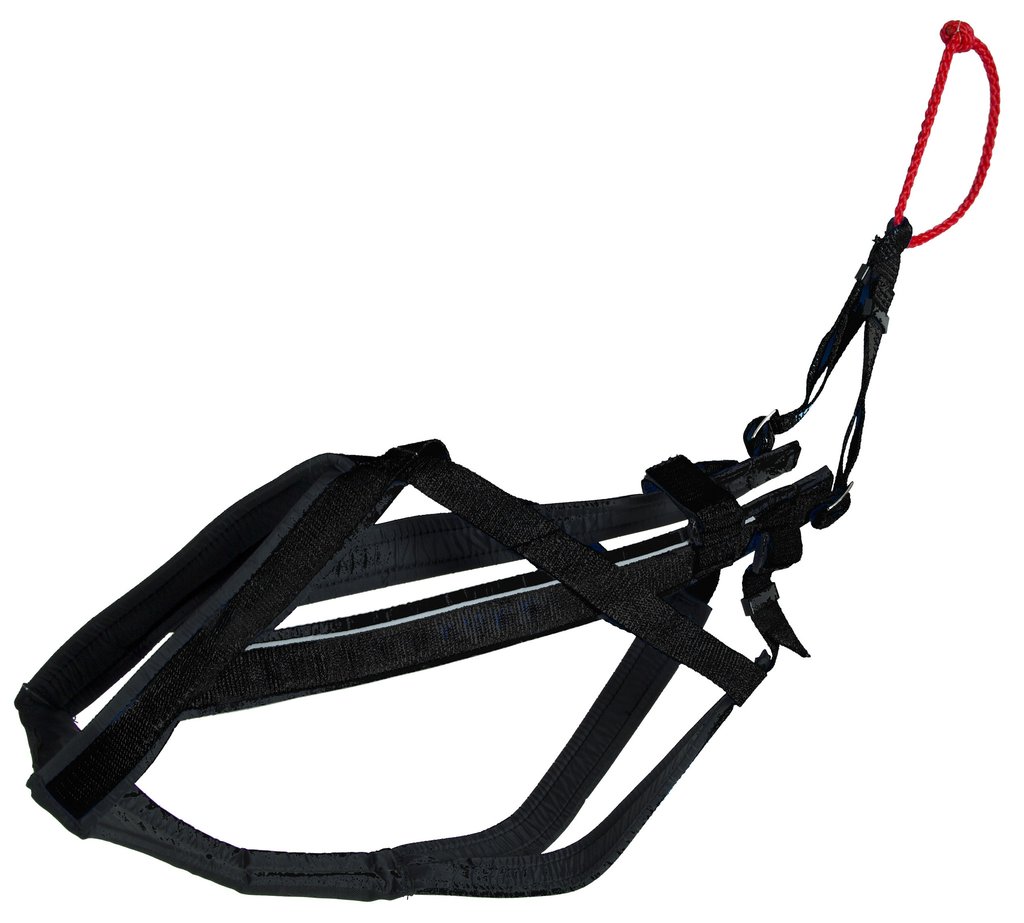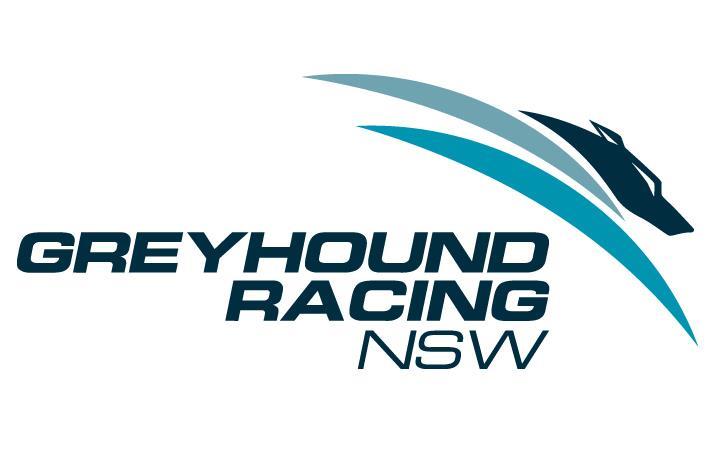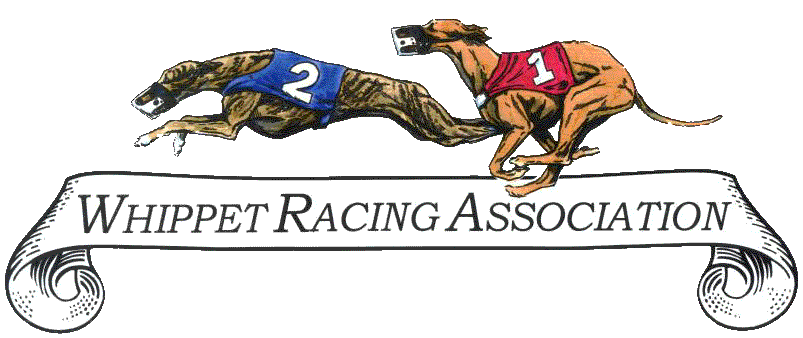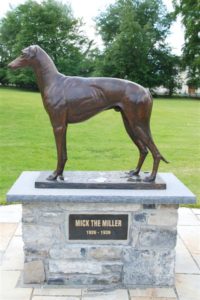Modern greyhound racing has its origins in coursing. The first recorded attempt at racing greyhounds on a straight track was made beside the Welsh Harp reservoir, Hendon, England, in 1876, but this experiment did not develop. The industry emerged in its recognizable modern form, featuring circular or oval tracks, with the invention of the mechanical or artificial hare, in 1912, by an American, Owen Patrick Smith. O.P. Smith had altruistic aims for the industry to stop the killing of the jackrabbits and see “greyhound racing as we see horse racing”.In 1919, Smith opened the first professional dog-racing track with stands in Emeryville, California. The certificates system led the way to pari-mutuel betting, as a quarry and on-course gambling, in the United States during the 1930s.
The oval track and mechanical hare were introduced to Britain, in 1926, by another American, Charles Munn, in association with Major Lyne-Dixson, a Canadian, who was a key figure in coursing. Finding other supporters proved rather difficult however and with the General Strike of 1926 looming, the two men scoured the country in an attempt to find others who would join them. Eventually, they met Brigadier-General Critchley, who introduced them to Sir William Gentle. Between them they raised £22,000 and like the American ‘International Greyhound Racing Association’ (or the I.G.R.A.), they launched the Greyhound Racing Association holding the first British meeting at Manchester’s Belle Vue Stadium. The industry was successful in cities and towns throughout the UK – by the end of 1927, there were forty tracks operating.
The industry of greyhound racing was particularly attractive to predominantly male working-class audiences, for whom the urban locations of the tracks and the evening times of the meetings were accessible, and to patrons and owners from various social backgrounds. Betting has always been a key ingredient of greyhound racing, both through on-course bookmakers and the totalizator, first introduced in 1930. Like horse racing, it is popular to bet on the greyhound races as a form of pari-mutuel gambling.
Greyhound racing enjoyed its highest UK attendances just after the Second World War — for example, attendances during 1946 were estimated to be around 75 million based on an annual totalizator turnover of £196,431,430. The industry experienced a decline from the early 1960s after the 1960 UK Betting and Gaming Act permitted off-course cash betting. Sponsorship, limited television coverage, and the later abolition of on-course betting tax have partially offset this decline.






